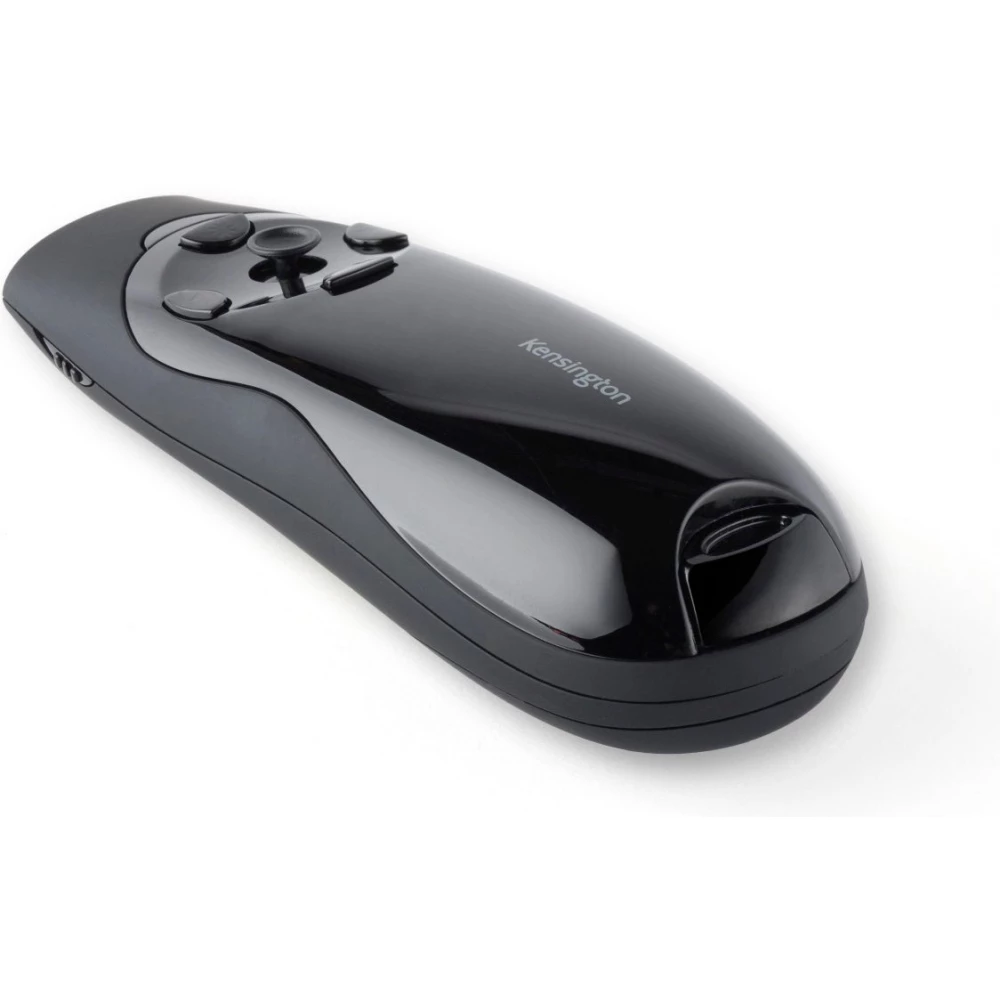- Kensington Expert Mouse Wireless Driver
- Kensington Expert Mouse Software Windows 10
- Kensington Trackball

The venerable Kensington Expert Mouse is arguably one of the best trackball input devices for desktop computing. Among trackball enthusiasts, it practically has a cult following. Its successor, the Kensington Slimblade, was launched in 2008, but initially failed to meet the expectations of the Expert Mouse audience because it launched with extremely limited software and very poor driver support.
The latest software for your Kensington mouse now features support for the new WebRacer and the scroll wheel when a wheel mouse is used in conjunction with another Kensington input device. Each company charged an additional $99 for the Kensington Expert Mouse, a trackball that Dr. Mardis wanted because their two daughters, using it at a neighbor's house, had found it.
Kensington Expert Mouse Wireless Driver

When the recent death of my well-used Expert Mouse compelled me to revisit the Slimblade, I discovered that the product's software deficiencies have been corrected. It's finally an acceptable replacement for the classic Expert Mouse. After spending a few weeks with the Slimblade and testing it with tasks ranging from software development to Starcraft 2, I decided to assemble some notes for the benefit of other trackball enthusiasts.
Contact technical support. Please complete the form below. First name. Please enter your first name. Last name. Please enter your last name. Email. Please enter your email address Please enter valid email address. Product name/code. Please enter a product name or code. Your message has now been received. Jan 10, 2021 Hooked it up to my iMac (27 inch 2019 build) and the same thing is happening. The fact that it's happening on two expert mouse trackballs leads me to believe it has something to do with either Kensington software or Big Sur compatibility. I keep my Bluetooth mouse close at hand just so that when it does freeze I can do a restart.

Compared to the most recent generation of the Expert Mouse, the Slimblade has a gentler and more forgiving slope, which makes it a bit easier on the wrist. Instead of conventional buttons, the device's four quadrants can be individually pressed to activate a click. This makes the housing feel more seamless, but the downside is that it's a bit harder to click near the outside corners.
One of the best engineering enhancements that differentiates the Slimblade from the Expert Mouse is the fact that the ball well has a hole at the bottom that goes all the way through the housing. When you remove the ball, you can see straight through to your desk. The sensor pits are on the sides of the ball well instead of the bottom. The advantage of this design characteristic is that dirt and other debris can't build up in the well and impede the ball's motion—it requires less cleaning than the Expert Mouse.
The Expert Mouse has a rubber ring around the ball that the user can twist in order to scroll. Kensington ditched the ring for the Slimblade and designed it so that scrolling can be accomplished by twisting the ball itself. The necessary gesture feels a bit awkward at first, but it works better in practice than the old ring. I find that it works best when I use my first and second fingers rather than using my thumb and first finger. It makes an audible clicking sound and rolls smoothly.
 Advertisement
Advertisement Software
The top two buttons on the Slimblade don't emit normal button signals when they are pressed. This initially made it difficult to use the device without drivers or on platforms that aren't officially supported. Kensington intended for the Slimblade's top two buttons to be used for multimedia browsing, a feature that was likely introduced as part of a misguided effort to boost the product's mainstream appeal.
When the product launched, there was simply no way to configure the behavior of those buttons so that they could be used for something else. This proved to be a tactical error that deterred existing Expert Mouse users from buying the product. It was especially problematic for left-handed users who wanted to be able to swap the right and left click buttons. Kensington recently addressed the issue by releasing the TrackballWorks software, which allows users to configure the function of every button.
Kensington Expert Mouse Software Windows 10
The Linux platform is still not officially supported, but the kernel community fortunately stepped in and got it working. The top two buttons will work fine in Linux environments that are running version 2.6.30 of the kernel or later. It worked out of the box on my desktop computer with Ubuntu and openSUSE. The twist-to-scroll feature also works on Linux without any problems, but I still prefer to enable the 'EmulateWheelButton' setting in my Xorg configuration file so that I can scroll quickly by rolling the ball while I'm holding down the bottom-right mouse button.
Kensington Trackball
Now that the software issues have been resolved, the Slimblade Trackball is finally a worthy successor to the Expert Mouse. The engineering enhancements and more wrist-friendly design make it a good choice for trackball enthusiasts.